School Workshops For key stages 2, 3, 4 and 5
Sustainable Design Schools Programme
Drawing on our 'Waste Age: What can design do?' exhibition and accompanying handling collection, these creative hands-on workshops invite students to explore the design process and reflect on how to become better informed consumers and responsible future designers.
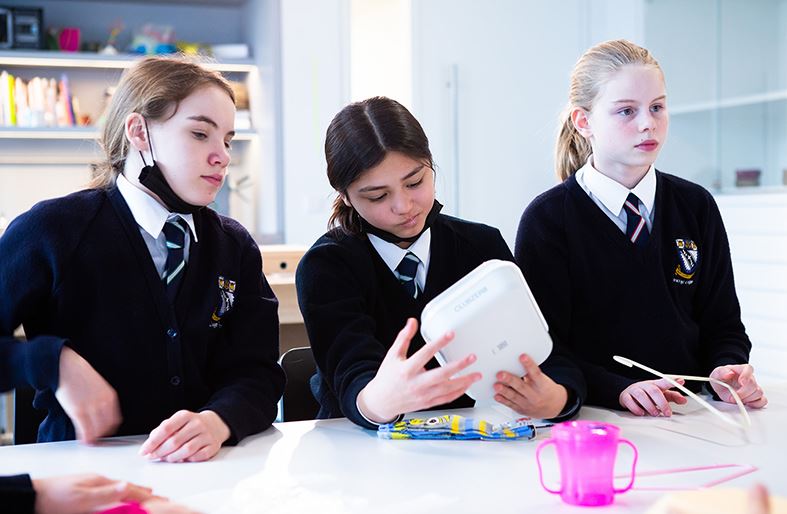
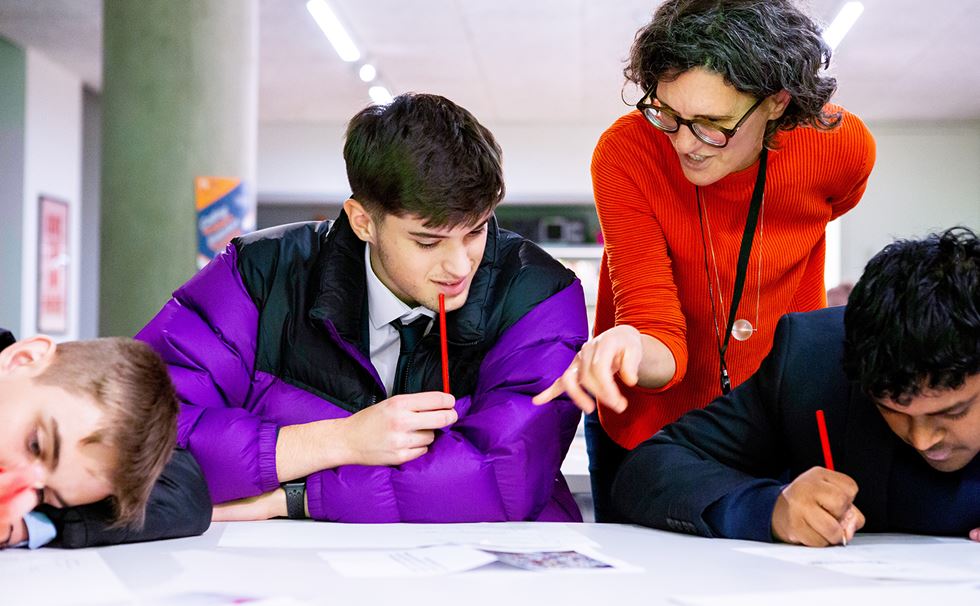
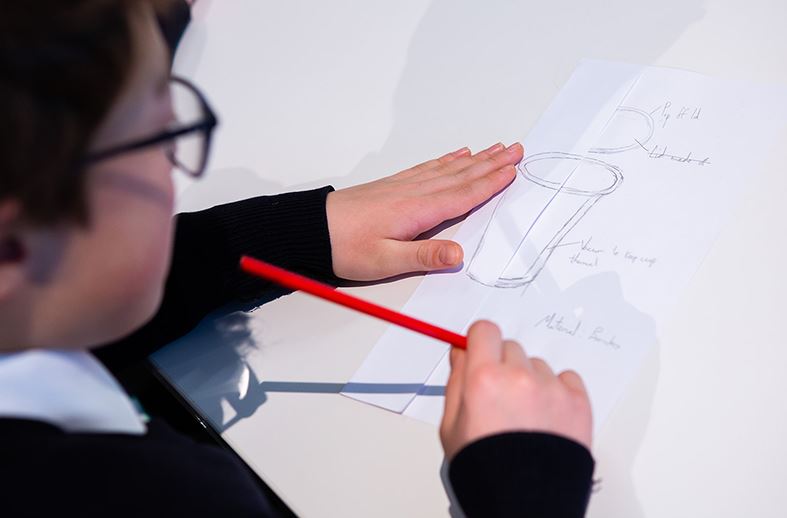
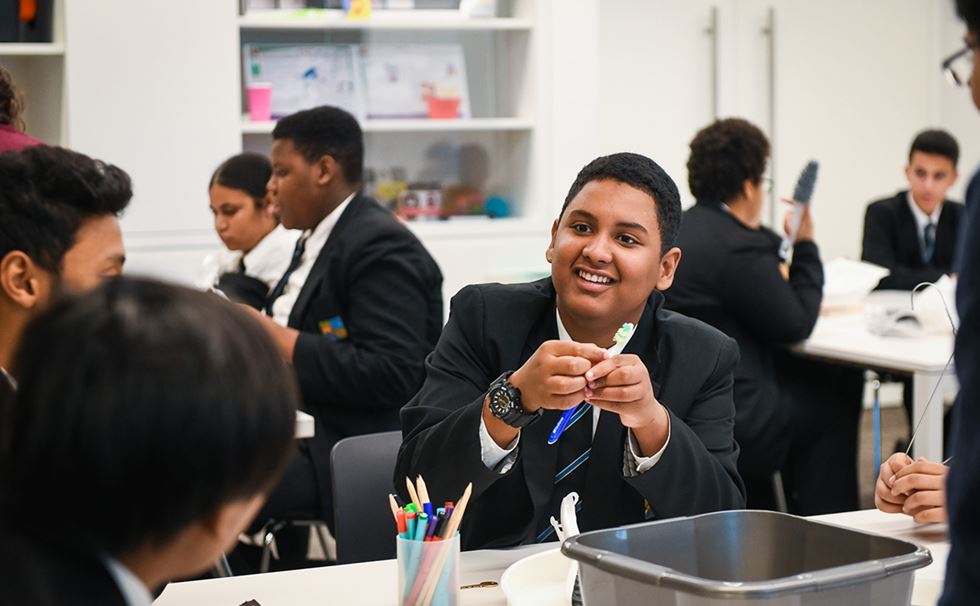
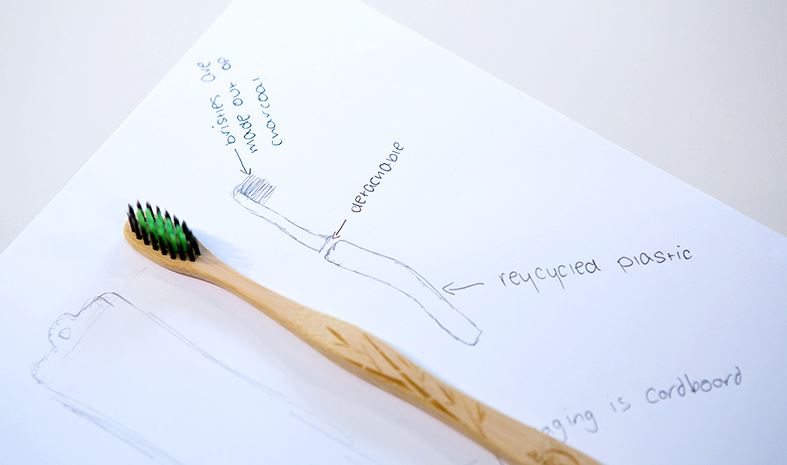

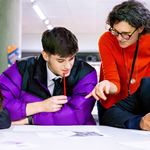
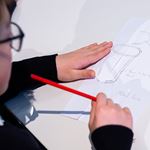

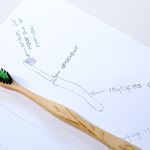
What to expect
The Sustainable Design Schools Programme brings to life the impact of waste and showcases a new approach across the production of food, fashion, electronics and other consumer goods, which focuses on the circular economy and reduction of waste.
Working with a small selection of handling collection of objects from our Waste Age exhibition, students are encouraged to rethink how we design, buy and use things. During the session, they will evaluate what different objects are made of, why they are designed this way and how essential they are. Using their findings, they will be challenged to design alternatives that take into consideration a circular approach to design.
The workshops happen onsite and are taught by our experienced team of educators.
The programme supports cross-curricular learning with a particular focus on Design and Technology, Science and Geography. It incorporates STEM subjects for Key Stage 3, as well as relevant KS4 and post-16 qualifications.
.
Learning outcomes
Observation and analysis
Product handling and evaluation
Discussion
Drawing
Responding to a design brief
Booking information
- One-hour workshop at the Design Museum: £150
- Capacity for each workshop session: 30 students
Please note that we are not currently offering this workshop remotely. To book a workshop session at the museum, please use the link below.
The Design Museum would like to thank the following companies for their donations to our handling collection: adidas, Sony, Notpla, Lush, TAKT, Smile Plastics, Clubzero, BAUX, Econyl, Nomique and Madreperla S.p.a.
Background image: The Design Museum Archive